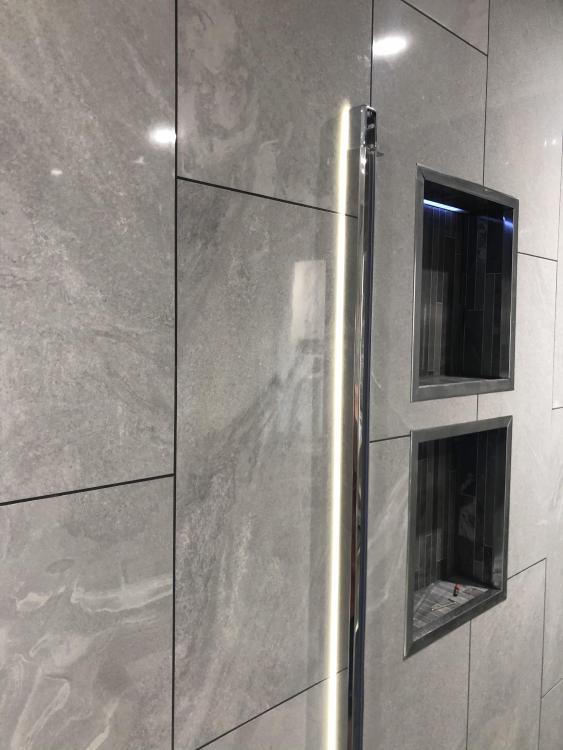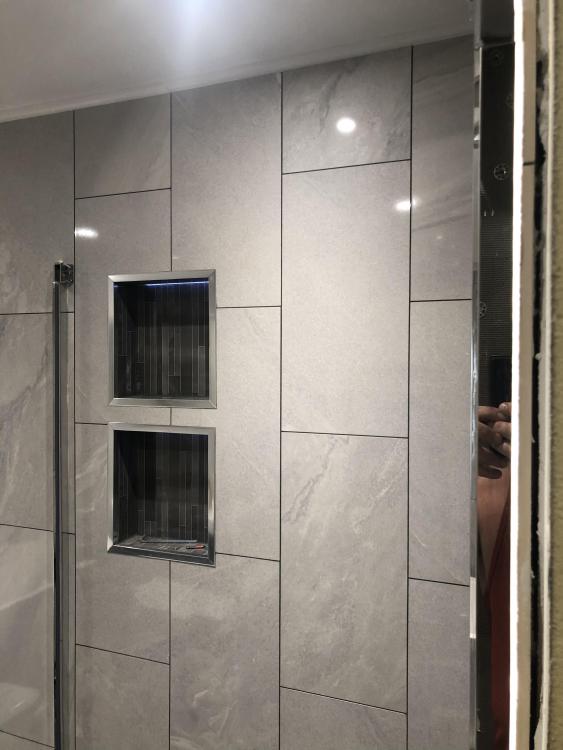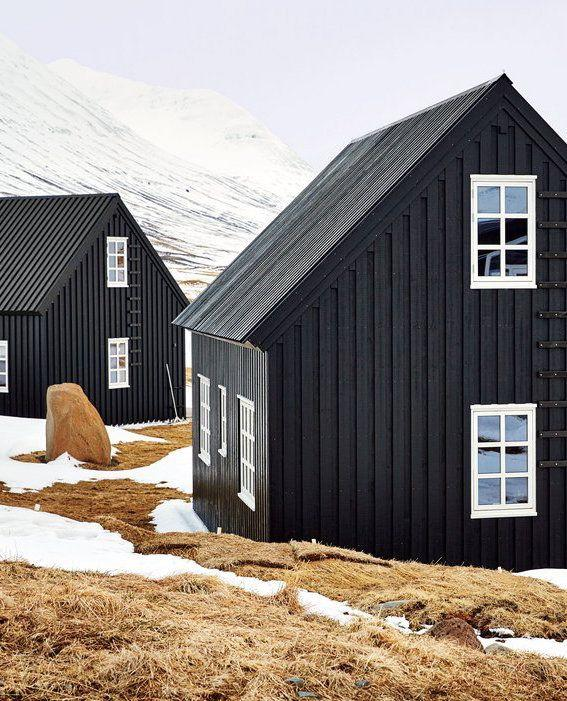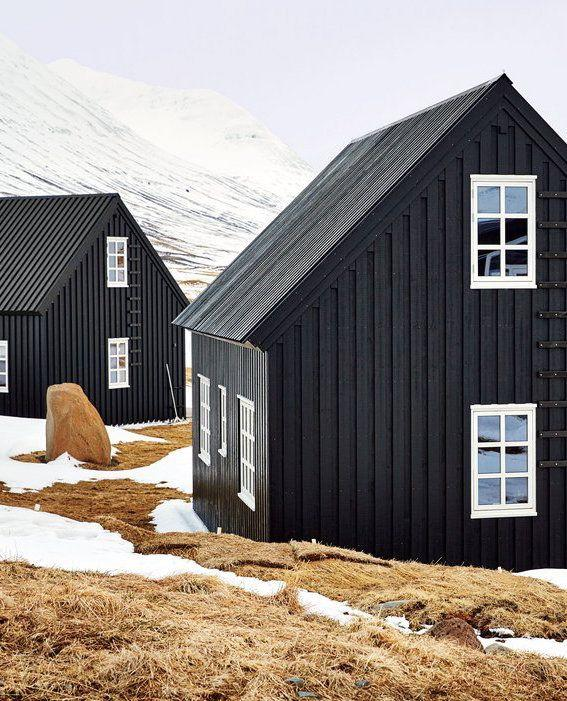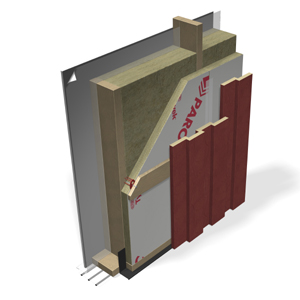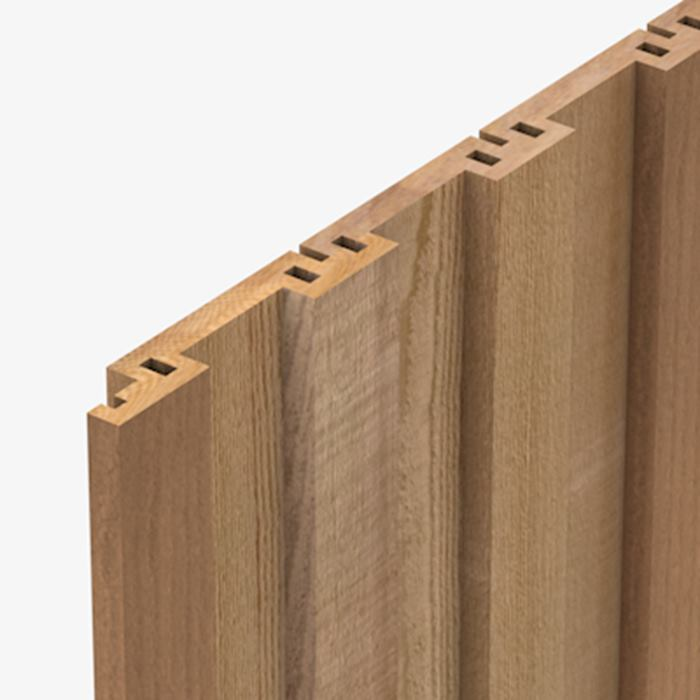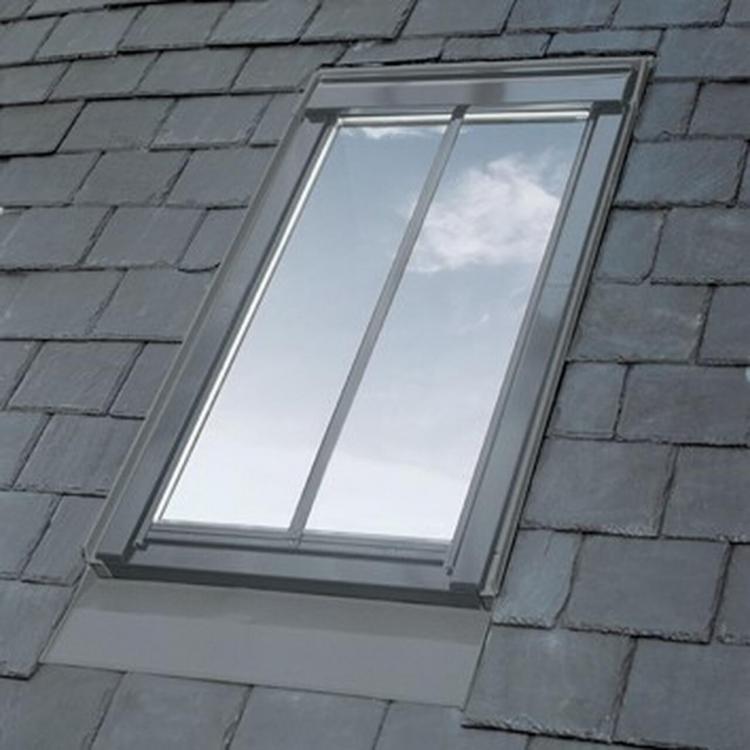Leaderboard
Popular Content
Showing content with the highest reputation on 04/13/21 in all areas
-
3 points
-
Not exactly - it's more of an issue that the mechanical inertia in a wind turbine is fairly small. Good article explaining it here - https://spectrum.ieee.org/energywise/energy/renewables/can-synthetic-inertia-stabilize-power-grids . Combined with batteries it's likely to produce a good solution. Note that it's also possible to have a synchronous wind turbine if you really want it - go for something like a doubly-fed induction generator and you can tie the main stator directly to the grid. There are reasons it isn't the preferred architecture, but it isn't a dead duck. There is an issue with response time for batteries - grid inertia produces an inherently instantaneous response, which is quite difficult given the battery chemistry. It's less challenging but non-trivial to achieve the same with non-synchronous sources like wind turbines. Having said that it's quite likely that giant flywheels may be the cheapest way to add what is effectively inertia to the grid - they're cheap up front, cost peanuts to run and reduce the system costs associated with providing the inertia a long way away from your loads.2 points
-
Aren't pipes in slab just a different name for a storage heater tho.2 points
-
I've had a follow up email with clarification on the issue. What I'm annoyed about is I had various email conversations with them before moving over and included pictures of my meter asking if it was suitable followed up by at least 3 telephone conversations. I've just looked at your account and you have an Elster SMETS1 meter - there's a known issue we're working on w with these meters specifically when on our smart tariffs which causes apparent double-counting. The meter itself is ok but the issue is how the data reaches us via the DCC (government central system). We're working on that but to help I'm forwarding this to a colleague who's dealing with this issue.1 point
-
I’m getting the manufacturer to fit for this exact reason. I’ve no doubt I could find someone to do it cheaper but our windows are a high % of our total build costs (approx 120m2 of 3G glass iirc) and I only want a single point of contact for the purchase, delivery, installation and support. I’m happy to pay that premium to reduce the risk on this big ticket item.1 point
-
You don’t wait till the end of the snagging period, you report the defects as they happen and any repairs are carried out under the contract. At the end of the defect period a meeting/walk around on-site is carried out to list anything needing fixed id anything living is supplied such as sedum we generally want a 2 year defect period on this to ensure it will last more than a season. it’s important to agree all this at the start, as it’s bargaining for the builder getting his retention money or worst case walking away( that’s why it needs to be a decent amount to prevent this) these discussions are then negotiated so the builder can foxtrot Oscar as soon as possible.1 point
-
50mm water is no problem, yes the bend radii are larger but you will be surprised what it will go around. I dont know of any reason they cant be in the same duct1 point
-
If you have paid them and they have done a runner I think you will have almost no chance of getting your money back. There will be a long list of creditors who have preference, like HMRC and employees. The likelihood of it being treated as fraud is also very remote as they can easily claim they were just running a business and ran out of cash. I know it is beyond annoying. Concentrate your efforts on getting the project finished.1 point
-
It is mainly settlement and shrinkage cracks But make a list of anything else within the first twelve months Such as window and door mechanism locks Even Something small like a dripping tap It can all be addressed when snagging1 point
-
1 point
-
It means you need to get 6.4kW of energy into the UFH to maintain an internal ambient of 20oC, in a nutshell. There are other dynamics like outside air temp but you can likely use that as a seasonal average heat input requirement to base a design on. Any gas boiler will do that on its head, but a lot will not go down as low as that on their minimum setting ( max modulation ) and still be happy, so hence the buffer tank needs to be introduced to stave off short cycling ( where the boiler produces much more heat than the heating needs at any one time even when the boiler is set to its lowest setting ). It's down to how much w/m2 the UFH can emit, at a set max ( safe ) flow temp, vs the heat the room requires to stave off the heat loss of that room. As far as hot water is concerned, you could fit a Vaillant 938 and that will run two 'just about ok' showers simultaneously but will be 100% reliant on cold mains pressure / flow whilst showering. If someone flushes a loo or the washing machine fills, you're Donald Ducked. Only an UVC or thermal store will give the top rates of flow to two showers. As you need a buffer for UFH, you may be better off with a thermal store ( a buffer heated by the boiler which has an instantaneous DHW coil inside it ) and go that way, but without room for a cylinder you may as well go for a heat-store ( high-flow ) combi like the Vaillant.1 point
-
We allowed a 2.5% project deposit, followed by four main stage payments and a final 2.5% retention. Seems to be a fairly common way to do it. Remember vast majority of builders have credit accounts for suppliers, so the need for any big lumps of money upfront can't really be justified.1 point
-
Most decent joiners round here can fit windows. Having said that you're taking a slightly different approach to me as I'd use a joiner for all those tasks!1 point
-
It's fine under the tray just not that close to the waste. The shower waste tray always contains water to stop the smell getting into the room. The UFH can dry out the waste trap which if it's not used daily. The WC Pan is fixed to the ground usually so you don't want the UFH pipe punctured. If it's a wall hung WC I'd continue the UFH under it.1 point
-
She she must be obeyed also liked that style. Monopoly house / plain barn in burned wood is very much in season at the moment I'm told. If you're prepared to do it in standing seam metal (e.g. Rukki roof) it's pretty easy. Water proof / air proof but vapour open membrane. Vertical then horizontal battens. Metal roof that turns into metal wall. No gutter. Lift the bottom of the house >0.5 metres off the floor to avoid backsplash. Ditto in slate or other doesn't really rot type material. In wood... You can have a decorative wooden cover over a metal roof. Use trapezoidal metal panels with horizontal battens fixed to the ridges. Attach your "open facade" to those. Expect the tops of your boards to rot quickly. You can have a decorative wooden cover on top of an EPDM roof. Drape the EPDM over the "vertical" battens so that you have the equivalent of trapezoidal metal panels but in EPDM. Attach horizontal battens to these ridges. Attach your "open facade" to those. Expect the tops of your boards to rot quickly. "Open facade" approach not ideal. Leaves and other debris will fill that drainage cavity over time (it isn't getting huge water flow or wind to clear it) then your battens start to rot...never mind the hidden gutter detail. Make the "vertical" battens enormous to avoid this. Vertical tongue and groove is closed...and great for trapping water and reducing your drying area / airflow. Putting a metal ridge on top helps. Sliding a metal strip in the roof-eaves jointline to deflect water off the top of the wall boards would help. An overhang helps. Closing the roof deck / facade helps. It's a disposable aesthetic cover on a building. Make the wood as resilient as possible and it'll take longer to fail. Less disposable is your timber frame. The EPDM should not enclose your wall/roof structure. (don't put a hard vapour barrier on the outside of your wall/roof and expect the wood not to rot - in a heating climate the hard vapour barrier is on the inside and the outside needs to be less vapour open; else you're doing the equivalent of putting a sheet of glass over grass in the sun and being surprised at all the warm condensation under it) Use breather membrane to close your wall/roof, then vertical battens as breathing (for the wall), then OSB and your EPDM. The second wall/roof detail is madness I think. After some research we're going to try this... Overlap boards. Very traditional with pine tar an 3-yearly re-treatment. Less traditional with alkyd/acrylate paints and 10-yearly re-treatment. But if detailed right / maintained is supposedly good for 30+ years. (the limit being how well it is maintained) - Timber frame w/mineral wool (fibreglass falls down cavities; rigid foams between studs hard to fit/detail) - Water and windproof but vapour open membrane that can be laid hard against insulation (not all can be) - 50x25 mm vertical battens / 50x50 mm horizontals (to give nail purchase) every 600 mm - Make from dried 150 x 25 mm boards - Impregnate the boards (rough cut stuff is usually just dipped rather than pressure treated) - Overlap by 25 mm (creates vertical ventilation grooves) - Rebate (10 x 8 mm) the centre of the overlap to create a drainage groove / ventilation groove for the overlap - Paint with good alkyd or acrylate paint... - ...and paint the tops and the areas of the boards that overlap... - ...but leave the backs that are exposed to the cavity and those 10x8 grooves unpainted to aid drying - 5+ cm overhang - Seal the walls to the eaves - Vent from the ground floor to the ridge - Cut the bottom of the wall boards at an angle to crate a drip edge - Make provision to avoid splashback UNDER the house No metal. No EPDM. Wind proof membrane underneath doesn't need to be UV stable. Can replace with metal or slate when you get bored with maintenance. Can decide that in 50 years time you'll be dead and not care. Maybe not the look that they're after. Depends how much fot eh future work they're going to do.1 point
-
I am not sure what the rules are where you are, but up here you can only have 5 dwellings from a private track. More than that and you are expected to surface the road to highway standard and it is then adopted.1 point
-
In our planning approval the Highway authority stipulated the first 10m of driveway must be wide enough for two vehicles to prevent cars having to stop, or reverse into the main road. The driveway serves three properties.1 point
-
I paid up front for things that had to be ordered up front with a deposit. So when he ordered the windows, which required a 50% deposit, I paid that. But for general building work he billed me at the end of the month in arrears and I paid him. A few times he asked for it a bit earlier to help his cash-flow. The builder will pay sub contractors, staff and for materials in arrears so there really shouldn't be much that needs paid up front.1 point
-
32mm DuoPrimo underground every tme for me, and 28mm above ground, to a low loss header for unrestricted flow switch operation, is my benchmark. For the minimal uplift in costs it just isn’t worth counting bends and working out other such adversities afaic to warrant using 22mm. If the ASHP is more or less back-to-back with the plant location then it could be agreed that the uplift was unnecessary. You'll save very little going to 22mm, so go for 28mm IMO.1 point
-
0 points
-
Posted it up last week, now it is up to you to find it. If you, @epsilonGreedy, claim many extraordinary thing from well connected men in pubs, I suggest you get a copy of 'Tales from the White Hart". I have always considered you a Harry Purvis.0 points
-
Yesterday the manager of my Local Costa Coffee got me to download the app because there is an offer in today, and for the next 2 days. 50p s coffee, about the right price. So after a tourtous login process, as I already have an account, I go in today to claim my cheap coffee (this is after a 7 mile walk because St. Michael's Mount us not really open, they just say it is to get people to park at 8 quid). App says it is broken. Try again later. One day, all our apps will say we cease to exist.0 points
-
Yes, lights are now 5W instead of 60W. I have leaving a light on, but as all mine are 3W LEDs, it takes 20 minutes for the meter to register. What is the difference between light and hard? You can sleep with a light on.0 points




